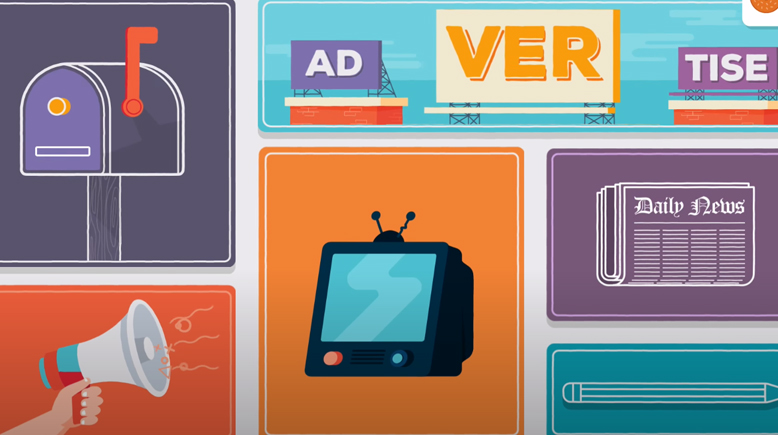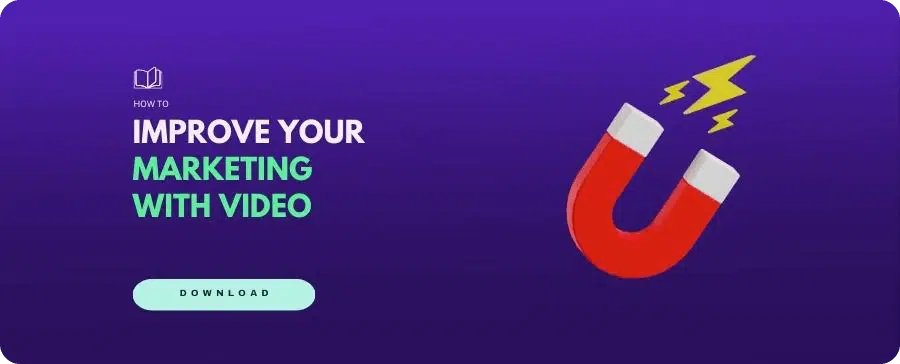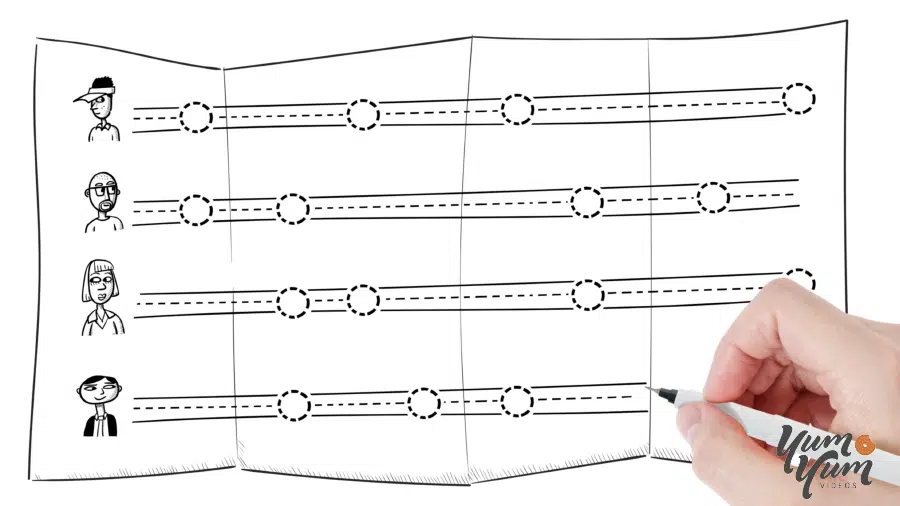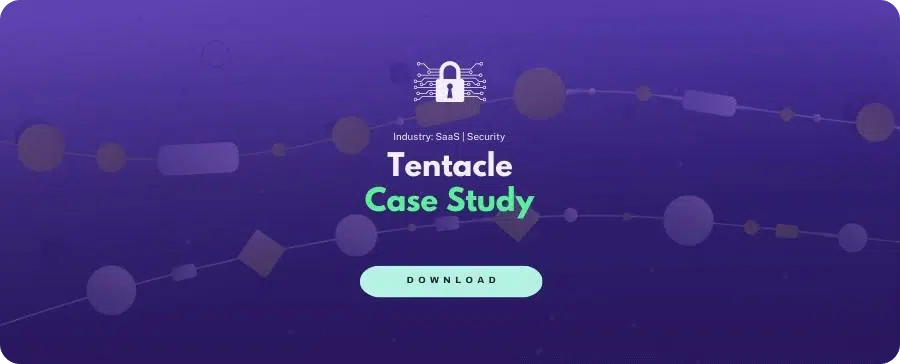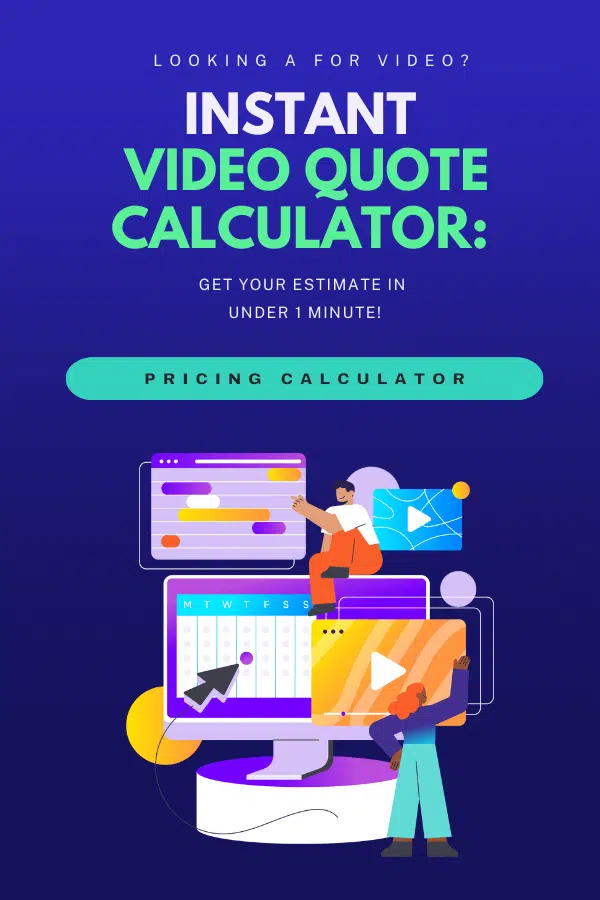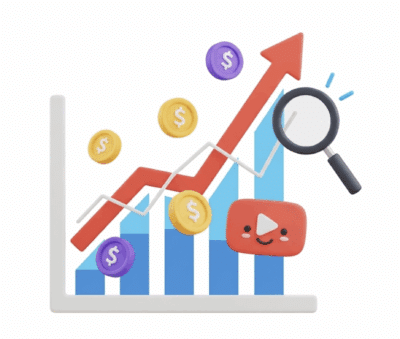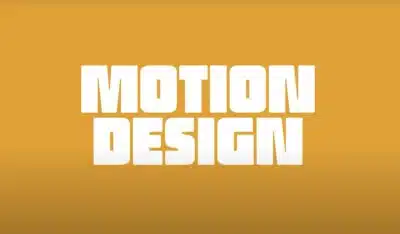How to Build a Successful Digital Content Strategy in 7 Steps
29/07/23
Author: Florencia Corazza
11 min reading
MarketingStrategy

A well-thought-out digital content strategy is the key to unlocking some of your biggest marketing goals: boost brand awareness, generate leads, increase traffic to your website, and even grow your sales! The challenging part comes when you realize that a successful marketing plan goes beyond simply producing content and calling it a day.
Doubly so if you’re just taking your first steps into the digital marketing world!
So, in this piece, we will guide you through 7 simple steps that are crucial to building a successful content strategy template to guide your efforts and improve your results.
Why Having a Robust Digital Content Strategy Matters
Developing Your Content Strategy Framework
1. Define Your Goals & How You’re Going to Measure Them
2. Research Your Audience and Create a Buyer Persona
3. Discover the State of Your Current Content
4. Determine The Type of Content You Need to Produce
5. Brainstorm Digital Content Ideas
6. Choose Distribution Channels and Define Your Schedule
7. Track Your Content’s Performance and Optimize
3 Tips to Make the Most out of Your Digital Content Strategy
Wrapping Up
Table of Contents
Why Having a Robust Digital Content Strategy Matters
A digital content strategy is not merely a plan on how to create and distribute digital content but also a roadmap that will tell you in which direction you should take said pieces in order to achieve your marketing goals. Otherwise, you are just throwing stuff on the wall and hoping it sticks, and most of your content will just end up being a waste of valuable resources—and nobody wants that!
A good strategy here will allow you to focus on content that engages your current audience while reaching new ones, helping you drive brand awareness, build your business credibility, and generate more leads.
(Created by explainer video production company Yum Yum Videos)
Developing Your Content Strategy Framework
By working on your digital content framework, you will be able to gather important information that will ultimately help you build a fool-proof strategy brick by brick. This information will range from who your content is aimed at to the topics you should cover and where you should publish it, among many other things.
Let’s get started!
1. Define Your Goals and How You’re Going to Measure Progress
Every successful strategy starts with defining the goals you want to achieve, and an effective content strategy for the web is no exception. Even if you don’t have any clear goals outlined yet, you can begin by asking yourself what is it that your business needs at this moment.
Do you want to focus on the top of the funnel and generate brand awareness? Are you looking to attract and convert leads? Maybe you need to boost your search engine rankings to increase traffic to your website? If your answer is “yes” to more than one of those questions, don’t worry — good content can definitely tackle more than one goal! However, understanding what you need will give you the best possible starting point.
Once you’ve defined the purpose of your content, you can decide which marketing funnel metrics you’re going to keep an eye on to measure the success of your strategy. For example, if you aim to increase web traffic, you’ll need to monitor page views, while you’ll want to keep an eye on social media engagement if you are after brand awareness… that sort of thing.
The Takeaway:
Clearly defining your goals in the early stages of planning and tracking your content’s performance will help you accurately determine what is and isn’t working for your strategy and help you make the proper adjustments moving forward.
2. Research Your Audience and Create a Buyer Persona
Doing careful research to create your buyer persona is probably the most crucial part of any content strategy framework.
If you’re not familiar with this term, a buyer persona generally represents your ideal customer. You create it by gathering information about your audience and about their needs, concerns, and desires.
You might be wondering whether you can have more than one buyer persona, and the answer is yes. In fact, you’d probably end up creating 2 or 3 personas in order to cover your entire customer base!
When it comes to finding out the information you need about your audience, there are several methods you can use:
- Ask customers to give you their personal information in exchange for incentives.
- Carry out a customer satisfaction survey.
- Interview customers who already use your product or service.
- Take a look at your competitors’ audience.
Whichever method you choose, remember you need to know people’s demographic data just as much as their motivations, goals, and challenges to build an accurate profile.
The Takeaway:
If you know exactly who your audience is, you can create targeted content that your customers will definitely find appealing. It is as simple as that 😀
3. Discover the State of Your Current Content
It’s always easier to improve or build upon existing content than create entirely new pieces from scratch. So, before you can start pushing out new content, it’s a good idea to take a look at what you might already have.
To have a clear picture of the state of your current, you can run a content audit. In simple words, a content audit allows you to identify which content is working and which is outdated or underperforming, so you can improve the former and eliminate the latter.
The Takeaway:
By performing a content audit, you will obtain valuable information on the state of your existing content. This helps you in two key ways; you might get a head-start by repurposing things you already have and also suggest to you which direction you will take next.
4. Determine The Type of Content You Need to Produce
Now we’re finally reaching the fun stages of your content strategy for the web. It’s time to decide which type of content you will need to prioritize!
I know what you’re probably thinking—blog posts! And you’re not wrong because written content is easier to produce while remaining effective and flexible. However, video content is hard to outmatch in terms of effectiveness, and studies have shown that videos get at least 59% more engagement on Facebook than other types of posts. Impressive, don’t you think?
But the truth is that when it comes to your social media content strategy, creating different types of content will help you better engage your audience. So, here are some tried-and-true types of content marketing pieces you’ll want to look into:
- Blogs
- Videos
- Podcasts
- E-Books
- Webinars
- Infographics
The Takeaway:
Implementing diverse content into your digital content strategy tends to be the most effective solution. Fortunately, you have plenty of options to choose from and work into your content plan.
5. Brainstorm Digital Content Ideas
You’ve chosen the types of content you will be focusing on, but you might need some ideas regarding the topics you’re going to cover. So, it’s time for some brainstorming!
Here’s where your audience research pays off. Remember we told you to find out your customers’ desires, goals, and challenges? Well, you can use those as inspiration for your digital content strategy.
Good content strategy example questions you’ll want to ask yourself relate to what your visitors want to learn more about. Are there any issues related to your product or service that you can tell them how to solve? Do they need help discovering everything they can do with your product or service? If so, you can write a cool blog post or make an explainer video about it!
Other things you’ll want to include staying up to date with the latest news and trends to provide useful insights on what’s happening in your niche. You can even take a peek at what topics your competitors are talking about and look for a new angle from which to discuss them.
The Takeaway:
Coming up with new ideas for your digital content strategy is probably the hardest part of the entire process. However, you can source your topics right from your audience and even get some content strategy examples from your competitors.
6. Choose Your Distribution Channels and Define Your Schedule
You can’t limit yourself to just uploading content to your website and expecting amazing results right out of the gate. From developing an entire social media marketing strategy to planning email campaigns and investing in paid avenues, there’s a whole world of options out there that you can consider for content distribution.
By the way, you should also keep consistency in mind. Businesses that publish valuable content regularly tend to generate more traffic than those that don’t, so you should strategically schedule the uploading of your content.
An effective content strategy framework requires that you create a content calendar and stick to it as closely as possible to keep you organized, especially if you’re driving a multi-channel campaign. There are many content calendar tools online, both free and paid, but you can use Excel or Google Sheets to create your own!
The Takeaway:
It’s important that you come up with different ways to promote and distribute your content and that you keep a consistent schedule to obtain better results.
7. Track Your Content’s Performance and Optimize Your Digital Content Strategy
Here’s where your digital content strategy comes full circle. Do you remember those goals you set on the very first step of the process? What about the metrics you decided you were going to keep an eye on?
Tracking your progress and measuring your results is the only way to see how far your content has come and discover whether your efforts have been successful in accomplishing your goals. You should review your metrics regularly and compare the results of each audit. If you’re just starting out, we recommend that you try to do it weekly, and once your campaign has taken flight, you can do it once a month.
The Takeaway:
No content strategy for the web is set in stone from the start, and measuring your campaign’s performance is the best way to discover if there’s anything that should be optimized or changed to drive better results.
3 Extra Tips to Make the Most out of Your Digital Content Strategy
While it’s true that there are many other steps you can take to build your strategy, the seven ones we’ve outlined in this content strategy template are essential to differentiate the successful from the unsuccessful.
However, if you want to go a step further, you can follow these key tips to give it a boost:
Focus on Your Brand’s Strengths
What you and your brand can offer makes you unique, so that’s what your content should focus on. Instead of creating pieces about a wide range of topics to try and cover all bases, draw on your expertise and select the areas that are relevant to your industry and your brand. Once you have those, take a look at your buyer persona and decide which topics they might find interesting.
By focusing on your brand’s strengths, you will be able to create valuable content that will set you apart from the competition.
Consider Guest Blogging
Guest blogging can be of great help when trying to build your online authority. With this digital content strategy, you can lead a whole new audience (that of the host) directly to your business.
Look for any websites and blogs in your niche that work with guest blogging. But before approaching an editor, you should first familiarize yourself with any relevant posting guidelines their website might have and stick to them. Otherwise, they might reject your post.
Improve Search Engine Rankings
Search engine optimization (SEO) tactics are a powerful complement to your digital content strategy, and the results are well worth the effort. Why? Because by improving your rankings on search engines such as Google, you increase the chances of people finding your content.
You can optimize your website pages as well as your content—yes, even your videos and blog posts can be optimized for search engines! Here are a few elements you can improve:
- Keyword usage
- URL
- Internal linking
- Meta description
- Titles
Wrapping Up
Pushing out new content is not easy, but creating a whole strategy for your pieces is even less so! Here at Yum Yum Videos, we’re familiar with the challenges of building a successful digital content strategy, so we hope that by following this useful template, you’ll be ready to launch your campaign with confidence.
Don’t forget to implement the three extra tips we’ve provided at the end of this piece to complement your strategy, and you’ll start reaping the rewards of your hard work very soon!

Florencia Corazza – Content Writer and Co-Editor
A skilled writer, translator, and co-editor for our web and blog content. As a self-defined "wordsmith," she’s talented in adapting the latest marketing news into all kinds of digital formats. If she’s not watching the latest Sci-Fi show on Netflix, then can find her tending to her perfectly reasonable number of plants.
